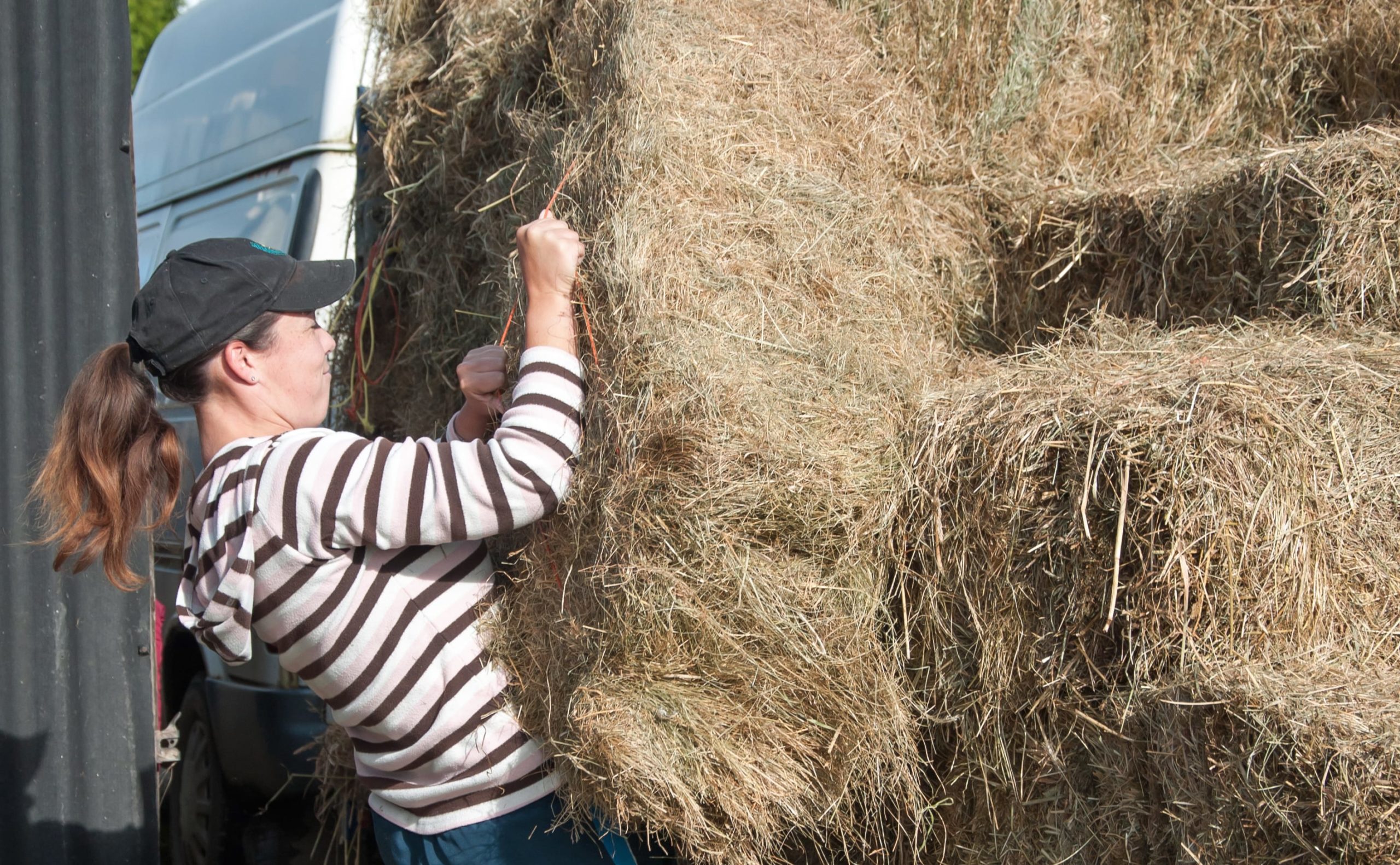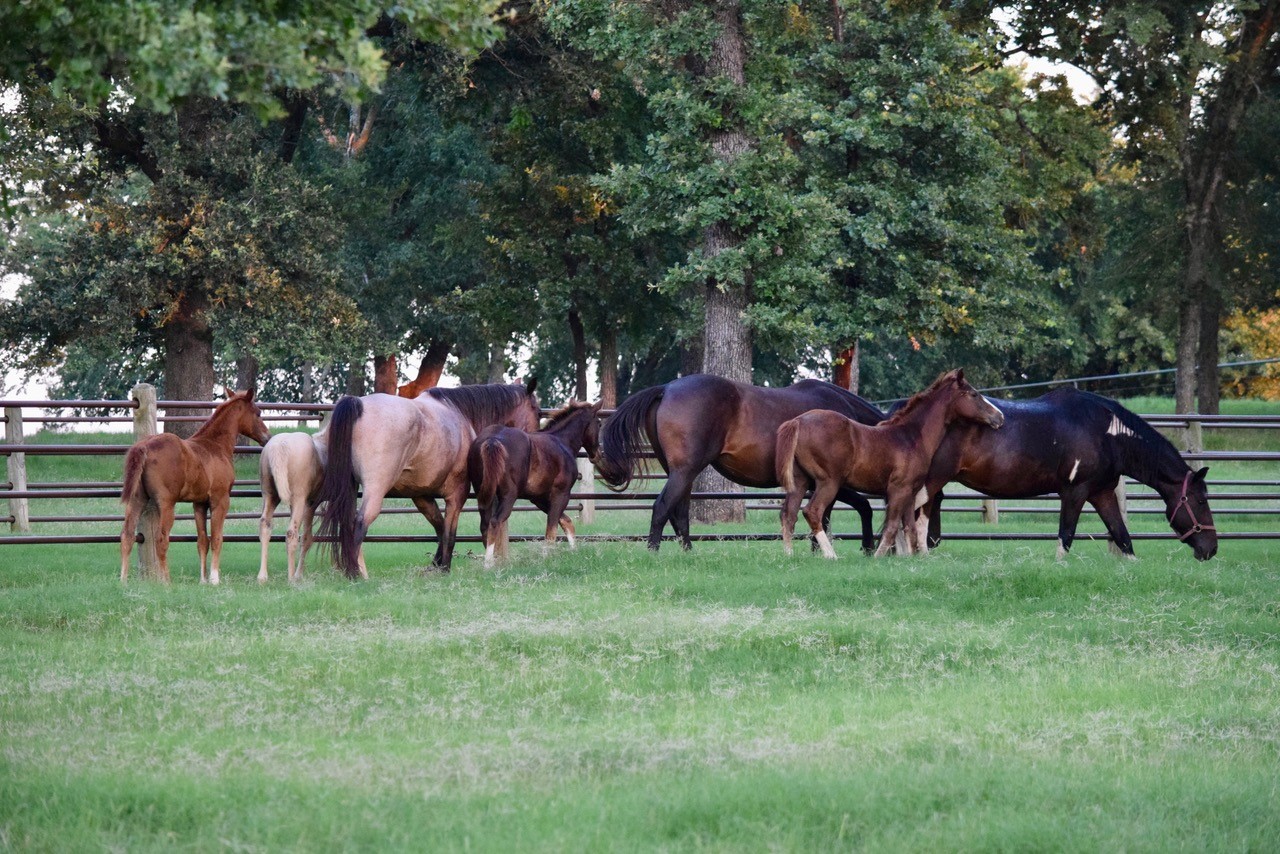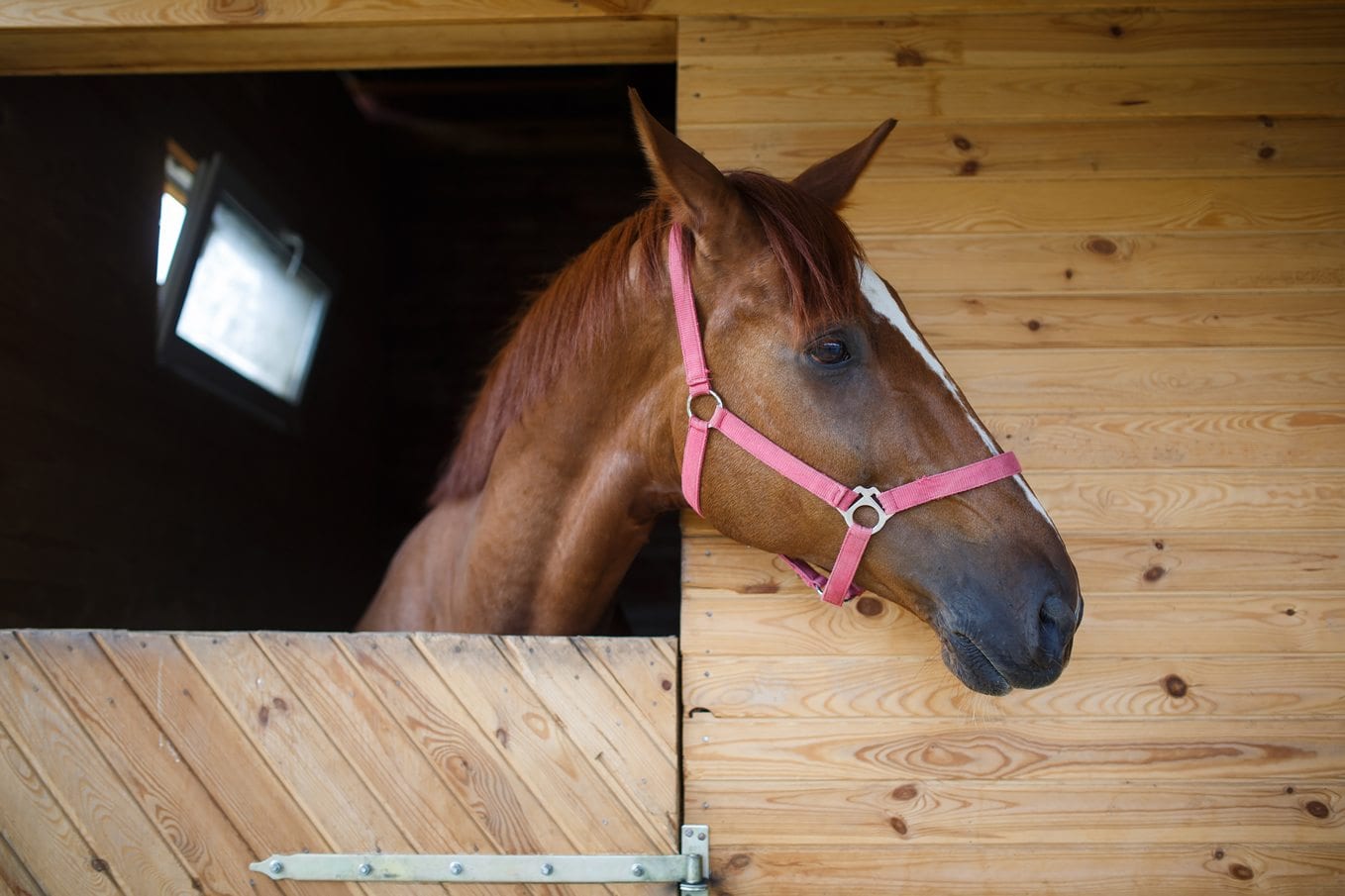Unless your horse lives in a climate where the pastures are always pristine and never have to be closed for inclement weather, you probably feed your horse hay. (So that means most of us.) And sure — it’d be nice to have access to green pastures year-round, but feeding your horse hay is nearly as good (and sometimes better) than feeding grass. It’s convenient to feed, helps your horse maintain a healthier digestive system, and can help keep him happy and occupied if he does have to be stall-bound.
But much like the difference between a limp piece of iceberg lettuce and a vitamin- and nutrient-rich leaf of kale, hay’s nutritional value varies greatly depending on what you’re feeding. Local availability will ultimately dictate what you feed, but knowing your way around the different types of grasses and legumes will help you grow or purchase the best option for the horses in your care.
Grass Hay vs. Legume Hay — Which is Better?
The first priority in choosing hay is to evaluate it for quality. High-quality hay should be green and sweet smelling, with no traces of mold or excess dust. Once you’ve established that it’s of good quality, it’s time to consider your choices.Legume Hay for Horses
Alfalfa, white clover, red clover and birdsfoot trefoil are common types of legumes, with alfalfa being the most popular choice.- Benefits: Legumes are higher in protein and calcium than grass hay, and may also provide more energy and a higher level of total digestible nutrients, such as vitamin A. Alfalfa is very palatable to horses, so they tend to waste less of it compared to grass hay. Its high protein and mineral content may prompt your horse to drink more, keeping him better hydrated overall.
- Downsides: It may be necessary to add a high-phosphorous mineral supplement to better balance the calcium-to-phosphorous ratio found naturally in legume hays. Also, legume-based hay may be too rich in nutrients for an easy-keeping horse that’s prone to weight gain, or a horse that’s mostly retired and has lower energy needs. Additionally, red clover is high in nutrients, but sometimes affected by a mold that causes harmless — but off-putting — slobber in horses. It’s also prone to being dusty. Finally, due to the high calcium content, alfalfa may contribute to enteroliths in breeds that are particularly susceptible.
- Best for: Horses that require an energy- and nutrient-dense hay, such as lactating mares, growing foals or horses that need to ingest a plentiful amount of calories. Performance horses in heavy work often benefit from legume hay that can provide calories and energy while satisfying their forage needs.
Grass Hay for Horses
Kentucky bluegrass, orchardgrass and timothy are all examples of common grasses used for hay.- Benefits: Grass hay is lower in protein and energy than legume hay — but it’s also higher in fiber, which can make it a good choice for many horses. Since it’s less nutrient-dense than legume hay, horses have to eat more grass hay to fill their bellies, which makes grass hay a good tool for keeping a stall-bound horse from getting bored.
- Downsides: Grass hay alone may not be enough to sustain a hard-keeping horse, a growing horse or a pregnant or lactating mare. Additionally, horses in heavy work will need more energy and nutrients than can be found in grass hay alone.
- Best for: Easy keepers, horses in light work (or retired horses), and as a tool to help buffer stomach acid and add roughage without adding too many calories or excess protein. Providing nutrient-light, bulky grass hay can closely mimic the horse’s natural pattern of grazing slowly and processing fibrous feed equally slowly and steadily through the digestive system.




